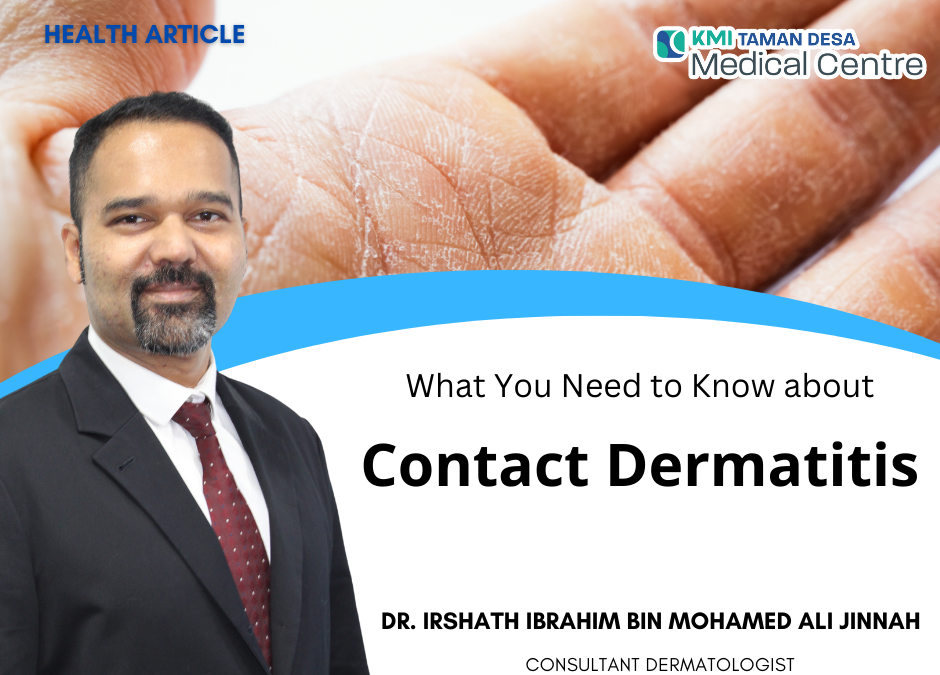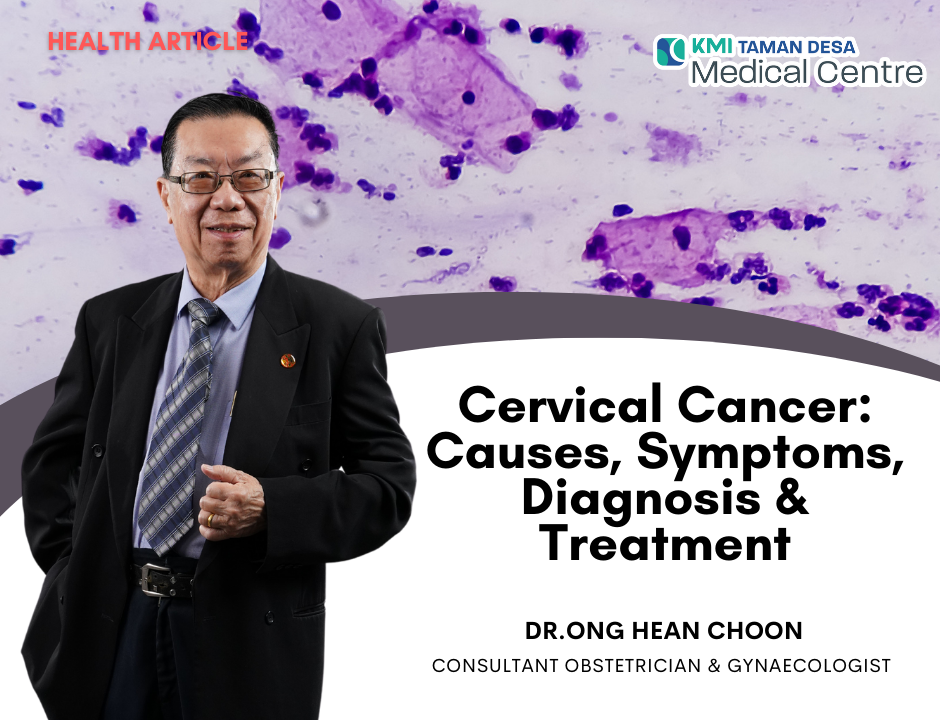[TDMC]-What You Need to Know about Contact Dermatitis

[TDMC]-What You Need to Know about Atopic Eczema and Food Allergy
19 December 2022
[TDMC]- What You Need to Know about – Human Papilloma Virus (HPV)
25 December 2022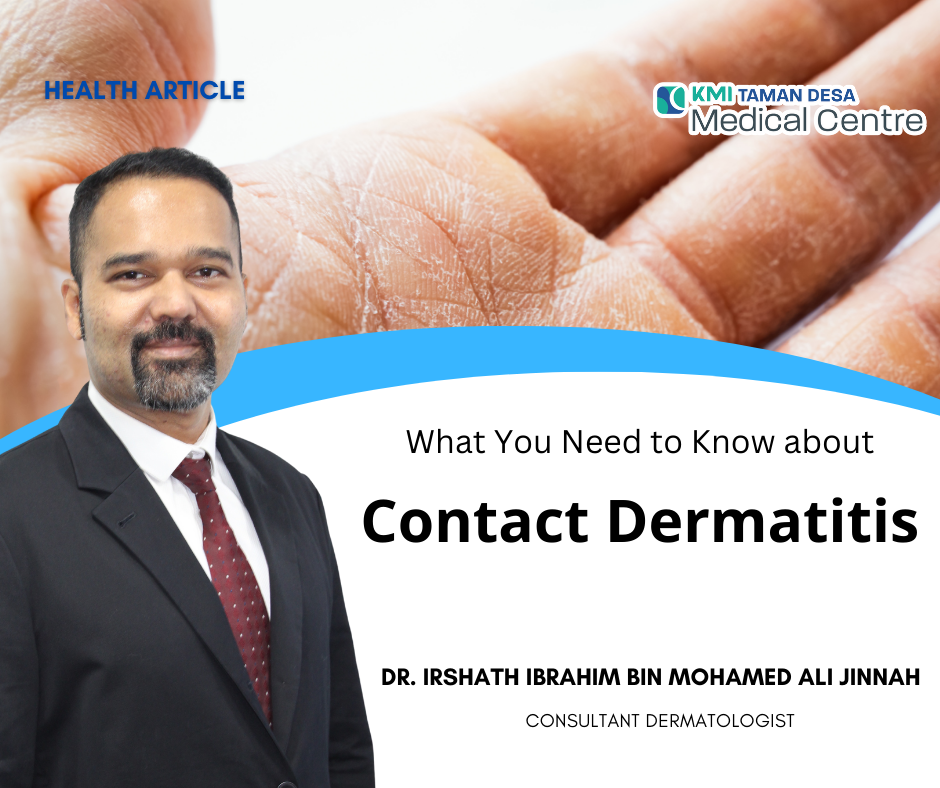
1. What is Contact Dermatitis?
Contact dermatitis is an eczema rash associated with itch , weeping, blisters (small fluid filled pockets) when the skin comes into contact with certain chemicals from jewellery, personal care products, plants, herbal creams, creams purchased from over the counter.


Rudikoff, D., Cohen, S., & Scheinfeld, N. (Eds.). (2014). Atopic Dermatitis and Eczematous Disorders (1st ed.). CRC Press.
2. Does a patient’s occupation play a role in developing contact dermatitis?
Cleaners, hairdressers, healthcare workers, caterers, food handlers are among those who can develop contact dermatitis, which happens to be the commonest cause of occupational skin disease.
3. What are the types of contact dermatitis ?
Contact dermatitis can either be allergic contact dermatitis(ACD) which accounts for 20% and irritant contact dermatitis (ICD) which accounts for 80% of all contact dermatitis.
4. What is irritant contact dermatitis ?
ICD occurs when the skin comes into contact with chemicals or physical agents that directly damage the skin’s protective barrier. It’s common in AE patients because their protective skin barrier is compromised.
5. What are some of the causes of ICD?
Examples of irritants are soap,detergent,water,fertilizer,cleansers, plants,food,plastic,disinfectants, medicinal creams etc .
Environmental factors eg heat, sweating and friction can cause ICD too.
ICD is can be the result of the exposure of multiple irritants over a prolonged period.
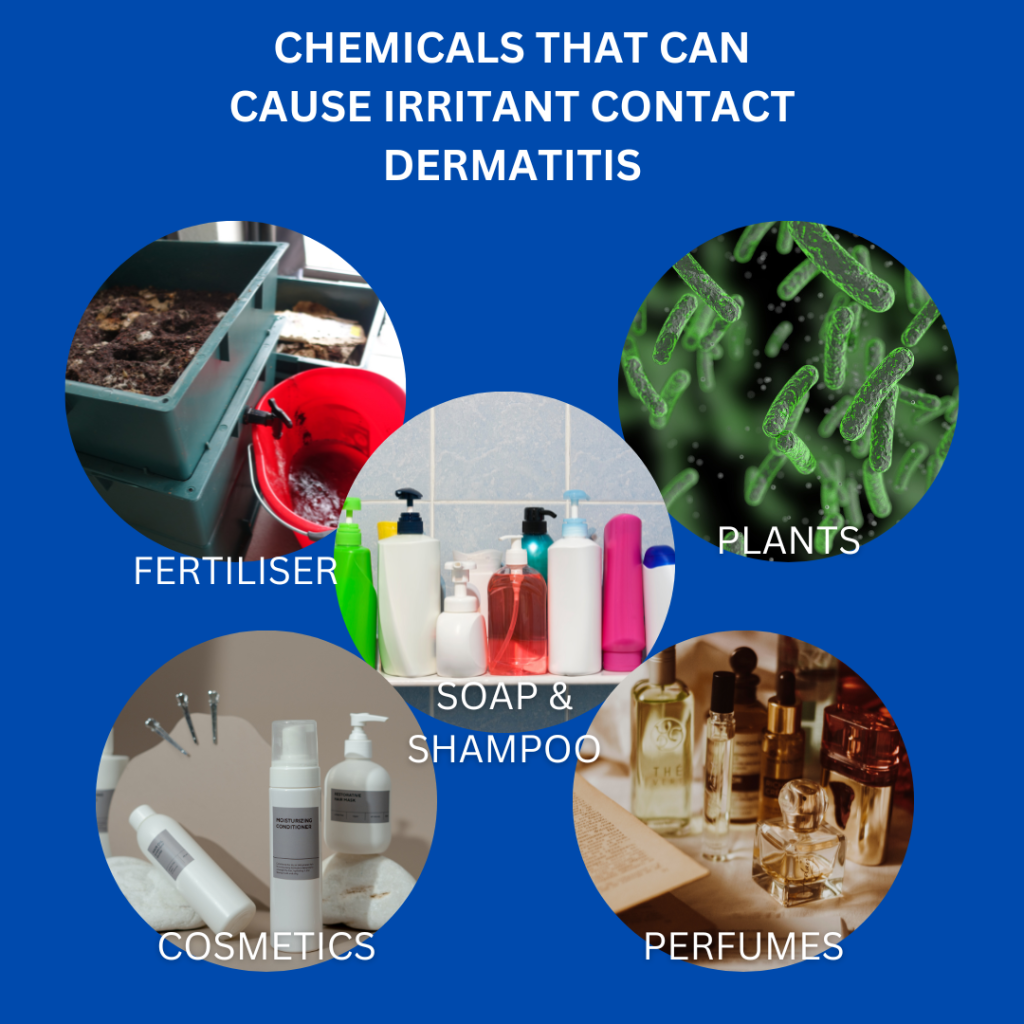
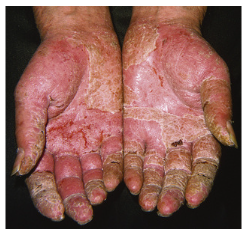
Courtesy, Kalman Watsky, MD.
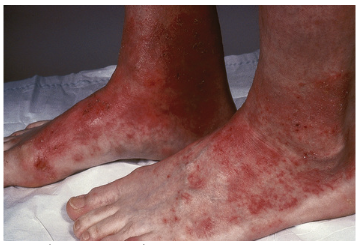

A, Courtesy, Jeffrey P Callen, MD
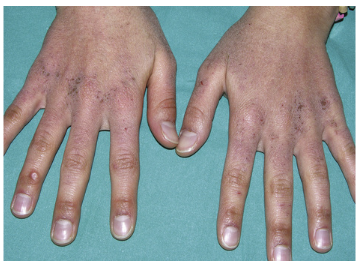
Courtesy, Antonio Torrelo, MD
6. Can contact dermatitis coexist with eczema?
ACD can co-exist with ICD or eczema.
7. What is allergic contact dermatitis?
ACD is eczema due to an allergic reaction towards a specific substance (allergen) that the patient has been previously exposed to.
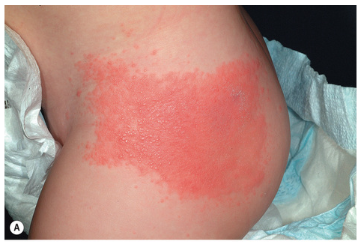
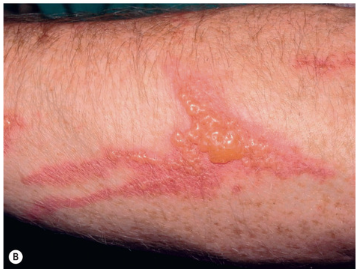
Source: A,Courtesy, Anthony J Mancini, MD; B, Courtesy, Joyce Rico, MD.Bolognia 4th edition
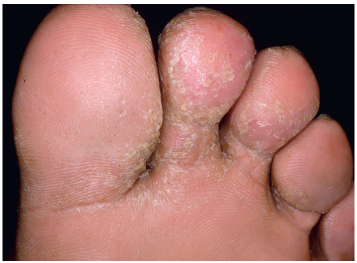
8. What is the method to determine if a patient has ACD ?
A skin patch test can help to identify specific allergens that a patient may be allergic to.
The most common is the European series which test a variety of allergens eg plants, rubber, preservatives, fragrances, metal, dye, resin etc.
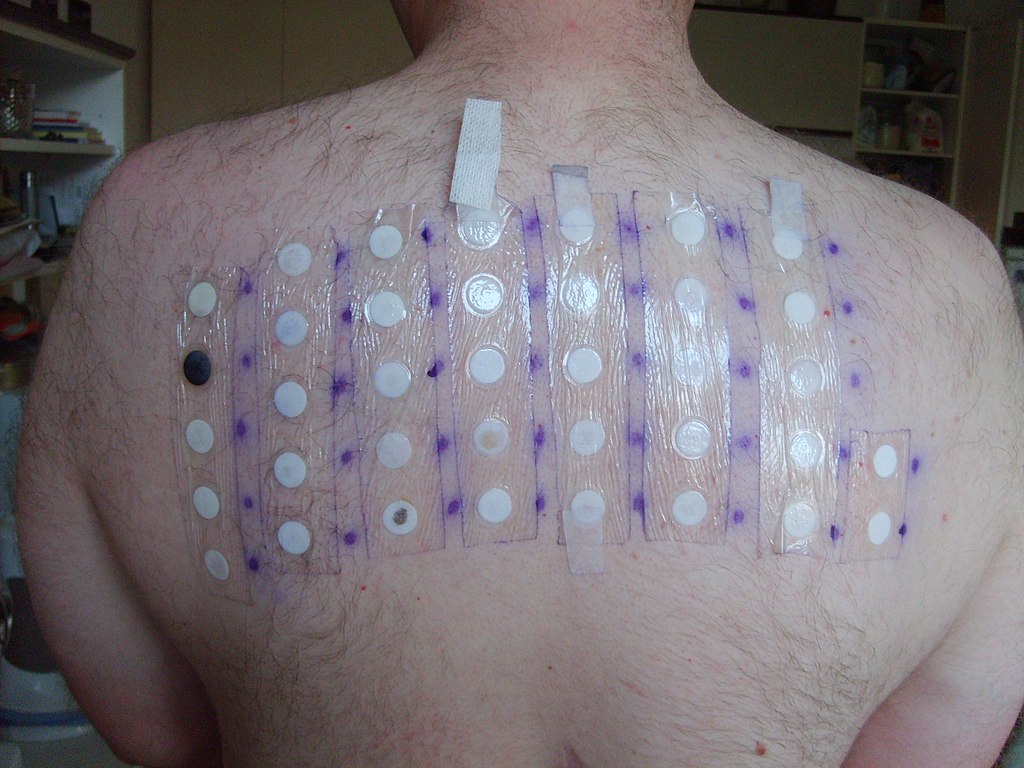
9. What are hypoallergenic cosmetic products?
Hypoallergenic skin cleansers, soaps,shampoo normally do not use substances that are likely to cause contact dermatitis. These products are often labelled as “fragrance-free” , SLS free, paraben free, “mild” and “non-irritating”. Despite the hypoallergenic claim, patients with very sensitive skin rarely still develop contact dermatitis .
10. How is contact dermatits treated?
Identifying and removing the causable agent will be helpful.
Regular application of moisturizing cream, steroid cream when indicated, oral steroid in acute or severe disease and oral antibiotic when an infection has developed.
Written by:
Consultant Dermatologist
M.D. (USM) MRCP (UK) Diploma (AAAM)
Advanced Master in Dermatology (UKM)
KMI Taman Desa Medical Centre

